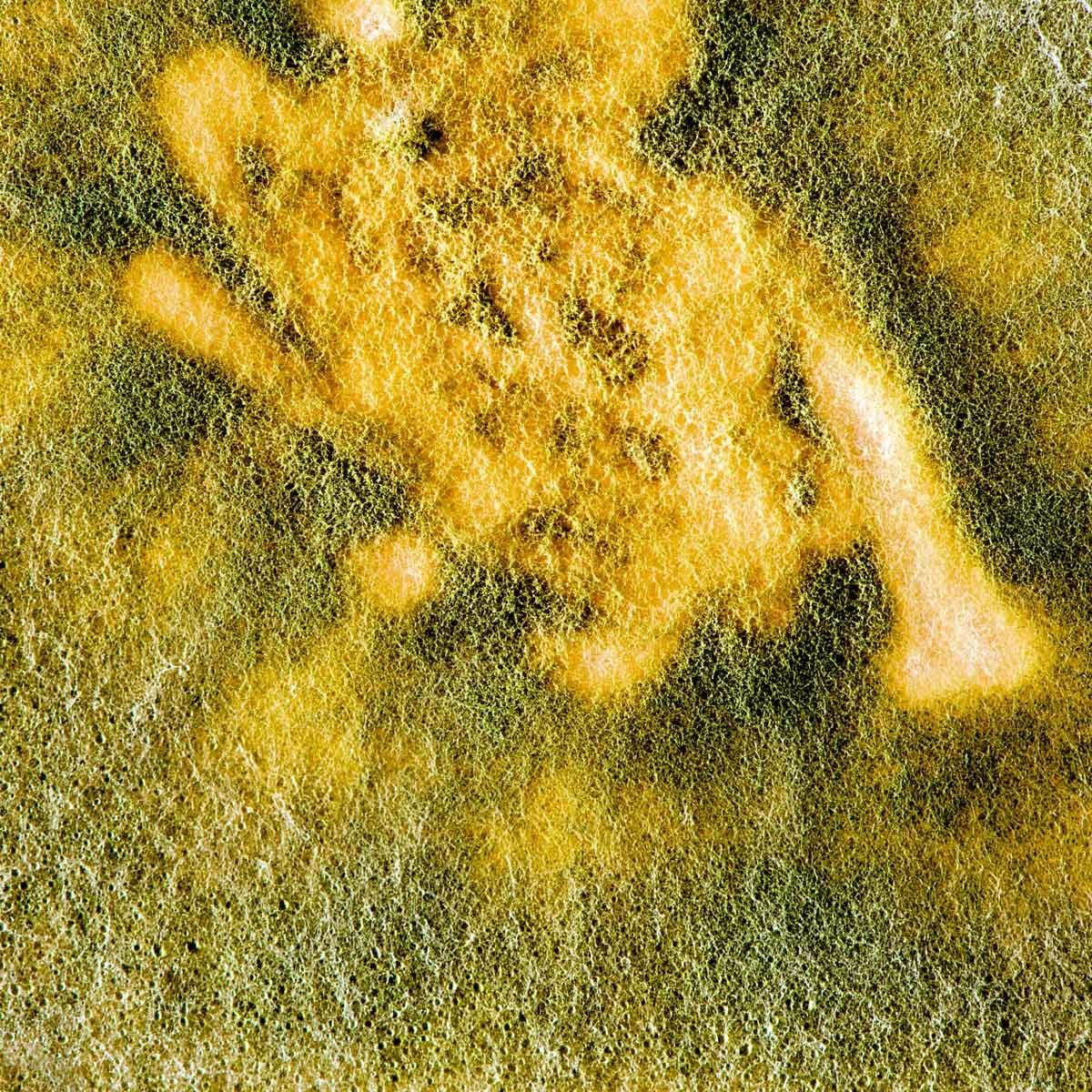Molds provide a valuable service in the natural world, but things change indoors. Learn about Trichoderma mold and how to eliminate it in your home.

What to Know About Trichoderma Mold

No one likes to find mold in their house, and mold growth should never be ignored. Learn the basics of the common household mold called Trichoderma and you’ll better understand how your mold problem can be solved once and for all.
On This Page
What Is Trichoderma Mold?
This mold was discovered in 1794 by a German scientist named Christiaan Persoon. It begins to grow with a white or off-white color, maturing into green as it releases spores. These can be spread by wind, water and insects. In many places around the world, Trichoderma is the most common type of naturally occurring mold in the ecosystem and it serves many useful purposes there. Although you don’t want Trichoderma growing in your home because of the health risks, this mold is widely used to make industrial and agricultural products.
Where Is It Commonly Found?
Trichoderma is found everywhere on earth. As with many molds, Trichoderma is most likely to appear indoors on carpets, furniture, clothing, wallpaper and wood when moisture levels are high enough to allow growth.
What Are the Health Effects?
Trichoderma is more resistant to anti-fungal drugs than many other molds, and this makes it a threat to anyone with a compromised immune system. HIV patients are particularly vulnerable to Trichoderma. It poses a threat similar to the dreaded Stachybotritus (a.k..a black bread mold) infestations. Air conditioners are one common breeding ground for Trichoderma. Lung infections, asthma and allergic reactions are common with people who inhale Trichoderma. One species, Trichoderma longibrachiatum, is particularly dangerous because it cannot be treated with anti-fungal drugs.
How to Remove and Prevent Trichoderma Mold
Begin by reducing moisture levels in your home. This could involve fixing that slow leak behind the washing machine, or it might mean installing a heat recovery ventilator (HRV) to lower overall indoor humidity levels in winter. Although it’s vital that moisture levels be lowered, that’s never enough on its own. Active Trichoderma mold and spores must be completely killed as part of the action plan. Bleach is not considered an effective way to kill any mold on porous surfaces. For best results, use a non-toxic, odor-free registered fungicide.




















